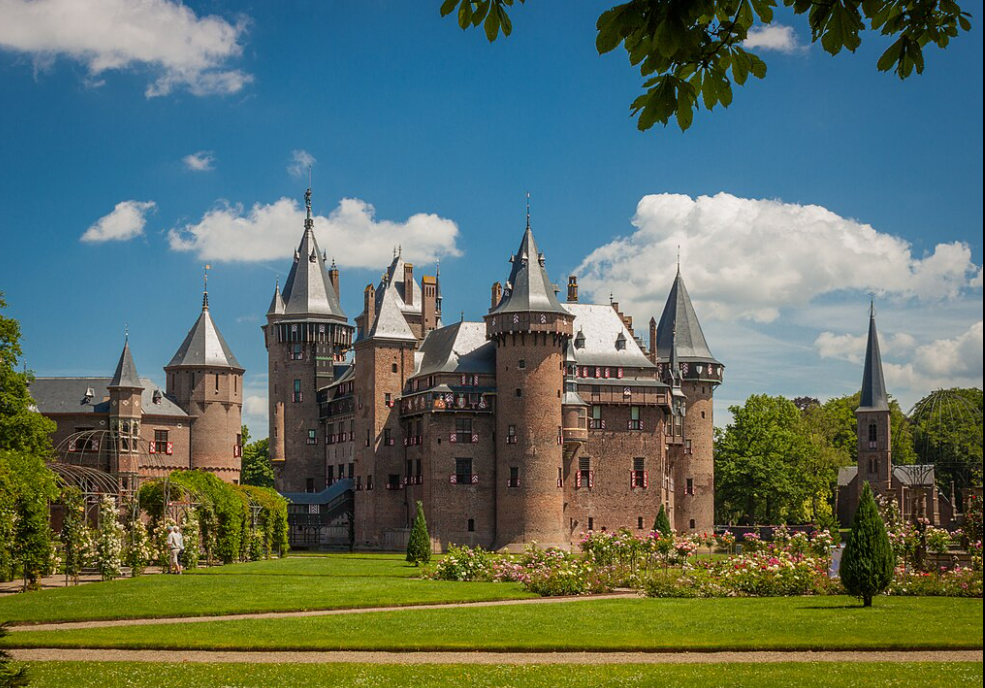DEAD MEN
"Dead Men" unfolds in the rugged, untamed frontier of the Old West, where the line between justice and vengeance is as blurred as the desert horizon. The story centers on two brothers, Jacob and Levi, whose lives are irrevocably changed when their father is brutally murdered. Driven by a potent mix of grief and fury, they embark on a perilous quest to avenge his death.
Their journey is not just one of retribution but also of protection and reclamation. The brothers have formed a deep bond with a nearby Apache tribe, sharing in their customs and becoming a part of their extended family. With the tribe facing constant threats from land-hungry settlers and ruthless outlaws, Jacob and Levi take it upon themselves to shield their newfound kin from the encroaching dangers.
As they traverse the vast and unforgiving landscape, the brothers encounter a host of colorful and dangerous characters, each with their own stake in the deadly game of survival. From cunning gold prospectors to corrupt lawmen, the Old West's harsh reality tests their resolve and ingenuity at every turn.
The quest to reclaim their father’s land and gold intertwines with the broader struggle to preserve the Apache way of life. This dual mission reveals the complexities of honor and loyalty in a world where betrayal lurks around every corner. Along the way, the brothers grapple with their own identities, the weight of their father's legacy, and the moral ambiguities of their actions.
"Dead Men" is a gripping tale of brotherhood, survival, and the relentless pursuit of justice. Its rich tapestry of historical detail and vivid characterization brings the Old West to life, capturing the spirit of an era defined by both its brutality and its raw beauty. With sweeping landscapes, intense action sequences, and a heart-wrenching narrative, this film delves deep into the human spirit, exploring themes of family, honor, and the enduring struggle for what is rightfully one's own.
https://www.youtube.com/watch?v=ztx8zH1pWOU
"Dead Men" unfolds in the rugged, untamed frontier of the Old West, where the line between justice and vengeance is as blurred as the desert horizon. The story centers on two brothers, Jacob and Levi, whose lives are irrevocably changed when their father is brutally murdered. Driven by a potent mix of grief and fury, they embark on a perilous quest to avenge his death.
Their journey is not just one of retribution but also of protection and reclamation. The brothers have formed a deep bond with a nearby Apache tribe, sharing in their customs and becoming a part of their extended family. With the tribe facing constant threats from land-hungry settlers and ruthless outlaws, Jacob and Levi take it upon themselves to shield their newfound kin from the encroaching dangers.
As they traverse the vast and unforgiving landscape, the brothers encounter a host of colorful and dangerous characters, each with their own stake in the deadly game of survival. From cunning gold prospectors to corrupt lawmen, the Old West's harsh reality tests their resolve and ingenuity at every turn.
The quest to reclaim their father’s land and gold intertwines with the broader struggle to preserve the Apache way of life. This dual mission reveals the complexities of honor and loyalty in a world where betrayal lurks around every corner. Along the way, the brothers grapple with their own identities, the weight of their father's legacy, and the moral ambiguities of their actions.
"Dead Men" is a gripping tale of brotherhood, survival, and the relentless pursuit of justice. Its rich tapestry of historical detail and vivid characterization brings the Old West to life, capturing the spirit of an era defined by both its brutality and its raw beauty. With sweeping landscapes, intense action sequences, and a heart-wrenching narrative, this film delves deep into the human spirit, exploring themes of family, honor, and the enduring struggle for what is rightfully one's own.
https://www.youtube.com/watch?v=ztx8zH1pWOU
DEAD MEN
"Dead Men" unfolds in the rugged, untamed frontier of the Old West, where the line between justice and vengeance is as blurred as the desert horizon. The story centers on two brothers, Jacob and Levi, whose lives are irrevocably changed when their father is brutally murdered. Driven by a potent mix of grief and fury, they embark on a perilous quest to avenge his death.
Their journey is not just one of retribution but also of protection and reclamation. The brothers have formed a deep bond with a nearby Apache tribe, sharing in their customs and becoming a part of their extended family. With the tribe facing constant threats from land-hungry settlers and ruthless outlaws, Jacob and Levi take it upon themselves to shield their newfound kin from the encroaching dangers.
As they traverse the vast and unforgiving landscape, the brothers encounter a host of colorful and dangerous characters, each with their own stake in the deadly game of survival. From cunning gold prospectors to corrupt lawmen, the Old West's harsh reality tests their resolve and ingenuity at every turn.
The quest to reclaim their father’s land and gold intertwines with the broader struggle to preserve the Apache way of life. This dual mission reveals the complexities of honor and loyalty in a world where betrayal lurks around every corner. Along the way, the brothers grapple with their own identities, the weight of their father's legacy, and the moral ambiguities of their actions.
"Dead Men" is a gripping tale of brotherhood, survival, and the relentless pursuit of justice. Its rich tapestry of historical detail and vivid characterization brings the Old West to life, capturing the spirit of an era defined by both its brutality and its raw beauty. With sweeping landscapes, intense action sequences, and a heart-wrenching narrative, this film delves deep into the human spirit, exploring themes of family, honor, and the enduring struggle for what is rightfully one's own.
https://www.youtube.com/watch?v=ztx8zH1pWOU

0 Commentaires
0 Parts
676 Vue













